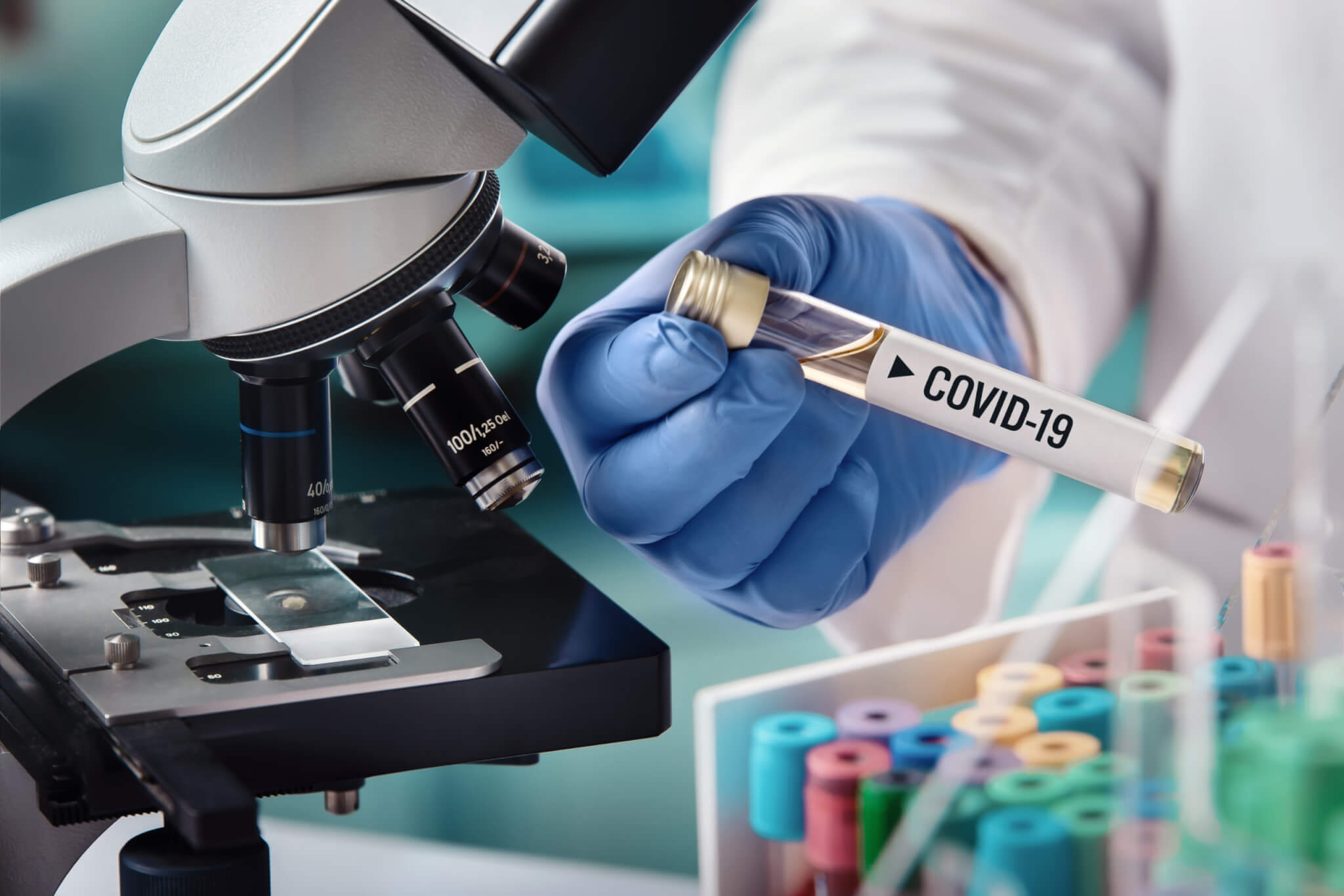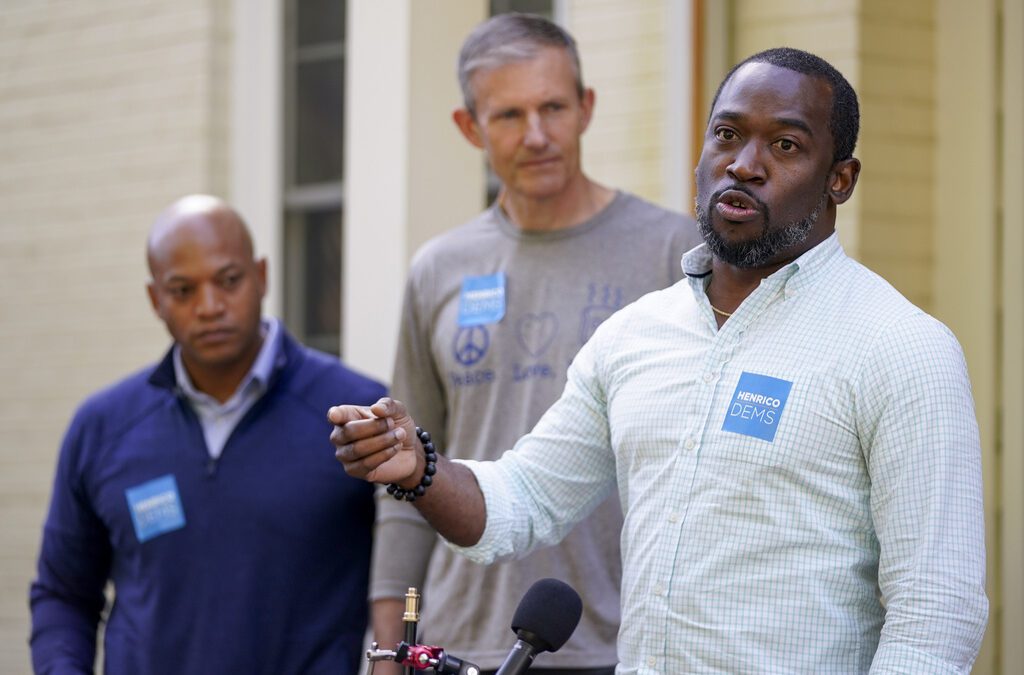
Members of the Virginia House Vaccine Workgroup received a status update Monday from health officials.
RICHMOND- Every Virginian won’t get the COVID-19 vaccine in 2020. There’s no guarantee you’ll see it early in 2021 either. Members of the Virginia House Vaccine Workgroup watched presentations, asked questions and went through the data Nov. 30, painting a picture of when and how the vaccine will arrive.
Virginia, just like every other state, will get the vaccine in batches. There’s simply no way to produce enough for everyone to receive it at once. In a state with 8.53 million residents, it looks like we may get 70,000 doses in the first distribution round.
To solve that problem, the Virginia Health Department broke things down into three phases. People receiving the vaccine in Phase One include healthcare workers, long-term and assisted living residents, as well as staff. Long-term care facilities are in the first round because we’ve seen 564 outbreaks happen in those areas over the last eight months. But let’s be clear: just because you’re in the first phase, that doesn’t mean you’ll get the vaccine this year. Why? Because Phase One covers an estimated 640,994 people.
“Early on, there likely won’t be enough for all healthcare workers,” said Dr. Lilian Peake, Director of Epidemiology for the Virginia Department of Health. “That will have to be broken down into subgroups. [It] depends on how much vaccine we’re gonna have and we don’t know that yet.”
Peake told the group Monday that even the 70,000 number was just an estimate. Once they confirm how many doses will be coming, then it becomes easier to estimate the size of the subgroups. As for when that’ll happen, officials from Pfizer and the U.S. Dept. of Health and Human Services said over the last week that states will receive the first batch by mid-December.

Vaccine Phase One and Beyond
Pfizer and its German partner BioNTech look to be the first vaccine ready for distribution. They’ve asked the Food and Drug Administration to grant permission for their vaccine to be distributed on an emergency basis. That means a group of scientific advisors will meet Dec. 10, review Pfizer’s request and make a decision. Moderna, whose vaccine also passed through trials, is slightly behind. The company only announced Nov. 30 that it plans to ask the FDA for a similar emergency distribution.
Regardless of which company gets approved first, it will take some time to sort through all of Phase One. Even at the estimated 70,000 doses per shipment, that would take nine batches to cover just the first group. That alone could stretch into 2021. But right now, Peake isn’t ready to give a definite timeline.
“We have to [first] understand how many doses are coming,” Peake said. “If there is [a] sufficient amount of vaccine to cover an entire priority group, then great. It’ll be shipped directly to the designated vaccinators to administer.”
It’s also worth noting that one shot won’t do the job. For both the Pfizer and Moderna vaccines, you need two shots. Pfizer’s version has to be given 21 days apart, while Moderna’s option requires a second dose 28 days later.
Once we clear Phase One, other groups will be in line. Phase Two includes all “frontline” or “essential” workers. That means everyone from teachers to grocery store employees. In addition, Peake clarified Monday that medically vulnerable residents would also be in Phase Two. That’s people with pre-existing conditions, with any type of medical problem that put them at higher risk of catching the virus.
With Phase One, it’ll take weeks to distribute the vaccine to everyone. In Phase Two, think double or triple that. Just over 3 million people fall under the Phase Two guidelines. Phase Three includes the remaining 4.88 million adults. Be prepared to wait if you’re in that group. A best case scenario puts Phase Three receiving shots by April or May, 2021.
What About Schools?
Notice we said adults when talking about the three phases. Peake explained that there are currently no plans for COVID-19 vaccinations in schools. Zero plans to give kids the vaccine. Why? Because no one knows how they would react.
“The vaccines that are coming out now are going to be approved for adults,” Peake said. “[They] have not yet been studied in children. Those studies still have to be done before the vaccine would be recommended for children.”
Also, we’ve all heard a lot of promises this fall, as politicians campaigned. But when it comes to a vaccine, there have been several just flat out lies. One constant claim was that people would be forced to get the vaccine when it comes out. Peake was asked if she saw any scenario where the Dept. of Health would recommend for vaccines to be mandatory. Her answer was a simple no.
Who’s Paying?
Technically, the vaccine itself is free. The CDC says that clearly on its website.
“Vaccine doses purchased with U.S. taxpayer dollars will be given to the American people at no cost.”
There is, however, a catch. The vaccine itself is free. But companies have the ability to charge for administering the shot.
“Vaccination providers will be able to charge an administration fee for giving the shot to someone,” the CDC’s website says. “Vaccine providers can get this fee reimbursed by the patient’s public or private insurance company.”
To be clear, all of this could change quickly. There are currently just two vaccines on the market. There are 57 vaccines currently in some form of testing, with 42 either beginning or in the middle of clinical trials.
Brian Carlton is Dogwood’s managing editor. You can reach him at [email protected].
Politics

Democratic shakeup in Virginia primaries for governor, lieutenant governor
Richmond Mayor Levar Stoney quit his bid for governor and jumped into the race to be the Democratic nominee for lieutenant governor. The race for...

New Biden rule protects privacy of women seeking abortions
Under the new rules, state officials and law enforcement cannot obtain medical records related to lawful reproductive health care with the goal of...
Local News

Virginia verses: Celebrating 5 poetic icons for National Poetry Month
There’s no shortage of great writers when it comes to our commonwealth. From the haunting verses of Edgar Allan Poe, who found solace in Richmond's...

Join the fun: Recapping Family Literacy Night’s storybook adventures
When’s the last time you read a book aloud with a loved one? If it’s difficult to answer that question, then maybe it’s time to dust off that TBR...




